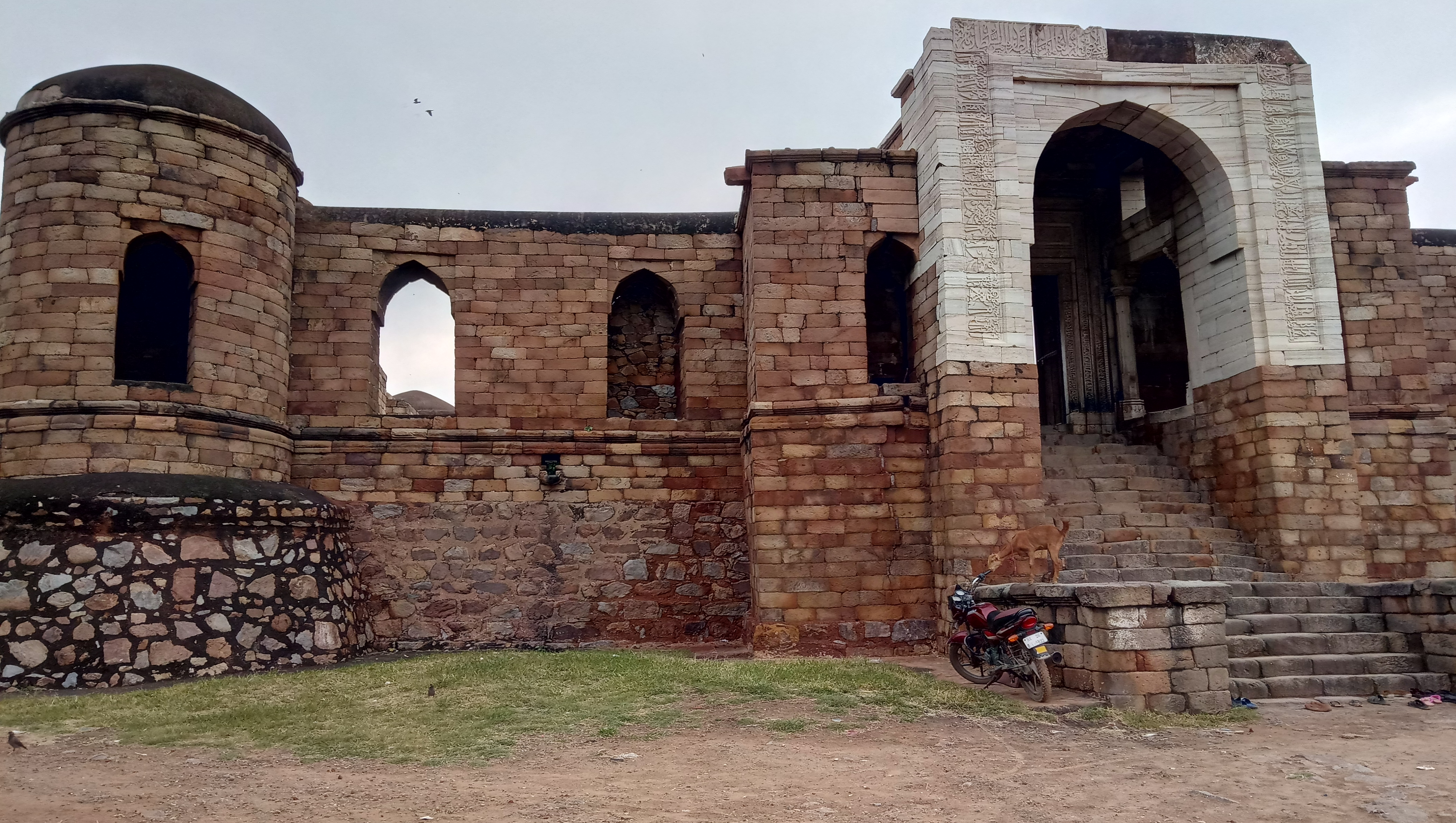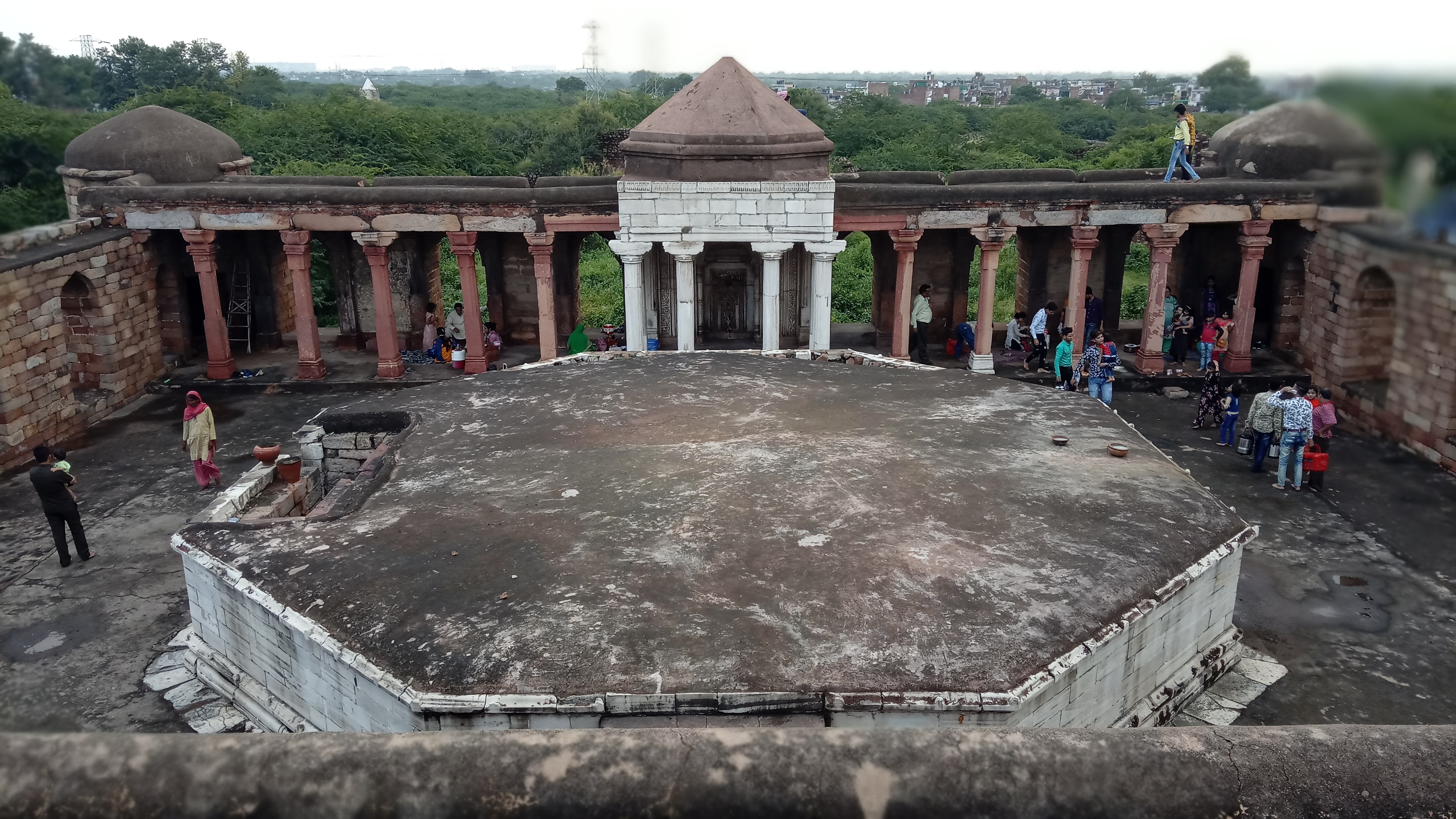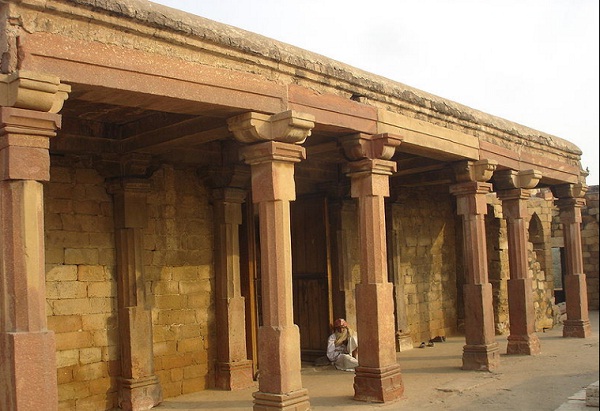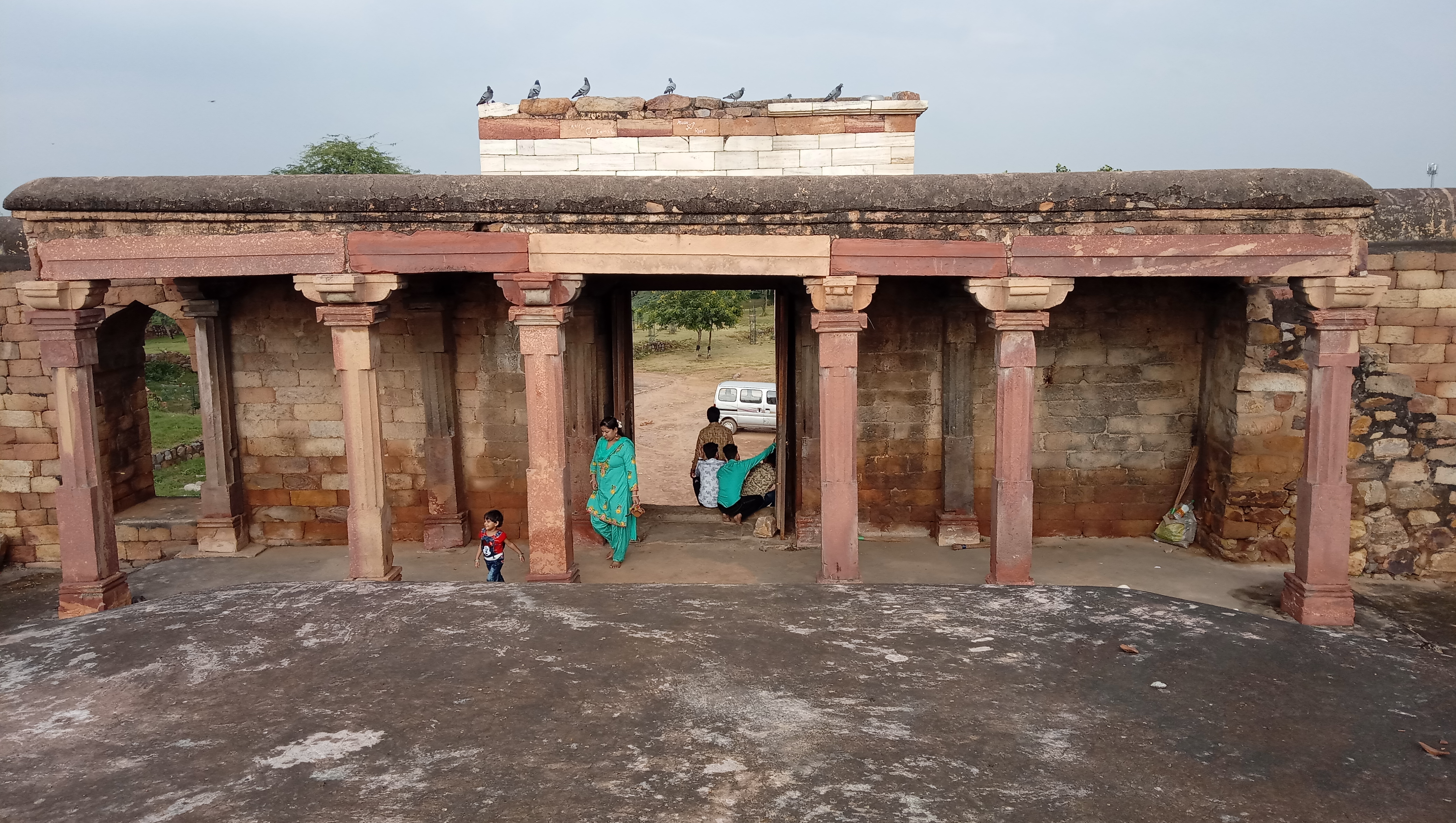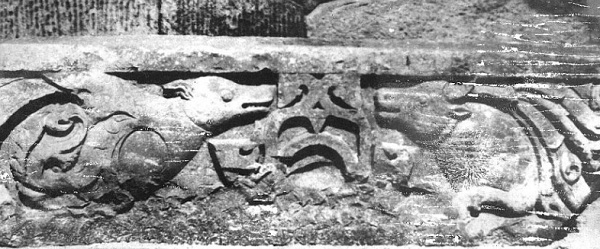Delhi
List of Masjids in Delhi which was built by destroying Hindu temples
LIST OF HINDU TEMPLES DESTROYED AND CONVERTED TO MOSQUES IN DELHI BY MUSLIMS
We give below, state-wise and district-wise, the particulars of Muslim monuments which stand on the sites and/or have been built with the materials of Hindu temples, and which we wish to recall as witnesses to the role of Islam as a religion and the character of Muslim rule in medieval India. The list is the result of a preliminary survey. Many more Muslim monuments await examination. Local traditions which have so far been ignored or neglected have to be tapped on a large scale.
We have tried our best to be exact in respect of locations, names and dates of the monuments mentioned. Even so, some mistakes and confusions may have remained. It is not unoften that different sources provide different dates and names for the same monument. Many Muslim saints are known by several names, which create confusion in identifying their mazars or dargahs. Some districts have been renamed or newly, created and a place which was earlier under one district may have been included in another. We shall be grateful to readers who point out these mistakes so that they can be corrected in our major study. This is only a brief summary.
Sita Ram Goel
It should be kept in mind that the list below doesn’t include all the temples destroyed by Muslims and which were converted to mosques. The below is the list of mosques and Dargahs where evidences exists of having been made after destroying the temples at these locations. In many mosques, Muslim rulers were able to eradicate all signs of temples, and hence not given in below list.
Anyone is free to visit the below list of mosques and see the remnants and materials of Hindu temples used in their construction. Archaeological Survey of India should conduct an excavation of below mosques to find out more about the ancient temples in these locations and possible mass graves around the mosque sites.
Islamic invaders destroyed the Hindu cities of Indarpat and Dhillika with their extensive suburbs and built seven cities successively. The following Muslim monuments stand on the site of Hindu temples; temple materials can also be seen.
I. MEHRAULI
1. Quwwatul Islam Masjid (1198).
2. Qutb Minar.
3. Maqbara of Shamsud-Din Iltutmish (1235.)
4. Dargah of Shykh Qutbud-Din Bakhtyar Kaki (d. 1236).
5. Jahaz Mahal.
6. AlaI Darwaza.
7. AlaI Minar.
8. Madrasa and Maqbara of Alaud-Din Khalji.
9. Maqbara of Ghiyaud-Din Balban.
10. Masjid and Mazar of Shykh Fazlullah known as Jamali-Kamali.
11. Madhi Masjid.
II. SULTAN GHARI
12. Maqbara of Nasirud-Din, son of Sultan Shamsud-Din Iltutmish (1231).
III. PALAM
13. Babri (Ghazanfar) Masjid (1528-29).
IV. BEGUMPUR
14. Masjid.
15. Bijai Mandal.
16. Kalu Sarai-ki-Masjid.
17. Mazar of Shykh Najibud-Din Mutwakkal Chishti (d. 1272).
V. TUGHLAQABAD
18. Maqbara of Ghiyasud-Din Tughlaq.
VI. CHIRAGH-DELHI
19. Dargah of Shykh Nasirud-Din Chiragh-i-Dehli (d. 1356).
20. Maqbara of Bahlul Lodi.
VII. NIZAMUDDIN
21. Dargah and Jamat-Khana Masjid of Shykh Nizamud-Din Awliya (d.1325).
22. Kalan Masjid.
23. ChaunsaTh-Khamba.
24. Maqbara of Khan-i-Jahan Tilangani.
25. Chilla of Nizamud-Din Awliya.
26. Lal Mahal.
VIII. HAUZ KHAS
27. Maqbara and Madrasa of Firuz Shah Tughlaq.
28. Dadi-Poti-ka-Maqbara.
29. Biran-ka-Gumbad.
30. Chhoti and Sakri Gumti.
31. Nili Masjid (1505-06).
32. Idgah (1404-00).
33. Bagh-i-Alam-ka-Gumbad (1501).
34. Mazar of Nurud-Din Mubarak Ghaznawi (1234-35).
IX. MALVIYANAGAR
35. Lal Gumbad or the Mazar of Shykh Kabirud-Din Awliya (1397).
36. Mazar of Shykh Alaud-Din (1507).
37. Mazar of Shykh Yusuf Qattal (d. 1527).
38. Khirki Masjid.
X. LODI GARDENS
39. Maqbara of Muhammad Shah.
40. Bada Gumbad Masjid (1494).
41. Shish Gumbad.
42. Maqbara of Sikandar Lodi.
XI. PURANA QILA
43. Sher Shah Gate.
44. Qala-i-Kuhna Masjid.
45. Khairul Manzil Masjid.
XII. SHAHJAHANABAD
46. Kali Masjid at Turkman Gate.
47. Maqbara of Razia Sultan.
48. Jami Masjid on Bhojala Pahadi.
49. Ghata or Zainatul Masjid.
50. Dargah of Shah Turkman (1240).
XIII. RAMAKRISHNAPURAM
51. Tin Burji Maqbara.
52. Malik Munir-ki-Masjid.
53. Wazirpur-ka-Gumbad.
54. Munda Gumbads.
55. Bara-Lao-ka-Gumbad.
56. Barje-ka-Gumbad.
XIV. THE RIDGE
57. Malcha Mahal,
58. Bhuli Bhatiyari-ka-Mahal.
59. Qadam Sharif.
60. Chauburza Masjid.
61. Pir Ghaib.
XV. WAZIRABAD
62. Masjid and Mazar of Shah Alam.
XVI. SOUTH EXTENSION
63. Kale Khan-ka-Gumbad.
64. Bhure Khan-ka-Gumbad.
65. Chhote Khan-ka-Gumbad.
66. Bade Khan-ka-Gumbad.
XVII. OTHER AREAS
67. Maqbara of Mubarak Shah in Kotla Mubarakpur.
68. Kushk Mahal in Tin Murti.
69. Sundar Burj in Sundarnagar.
70. Jami Masjid in Kotla Firuz Shah.
71. Abdun-Nabi-ki-Masjid near Tilak Bridge.
72. Maqbara of Raushanara Begum.
EVIDENCE IS AVAILABLE THAT IN DELHI THE ABOVE MENTIONED MOSQUES AND DARGAHS WERE CONSTRUCTED BY DESTROYING HINDU TEMPLES. BUT IN MANY OTHER CASES MUSLIMS SUCCEEDED IN REMOVING ALL TRACES OF TEMPLES FROM THE MOSQUES. IN SUCH CASES ONLY AN EXCAVATION BY ASI WILL REVEAL THE DESTROYED TEMPLES.
WHILE MUSLIMS ASK FOR REBUILDING THE ILLEGAL MOSQUE IN AYODHYA, WHY SHOULD NOT HINDUS DEMAND THE RECONSTRUCTION OF THE DESTROYED TEMPLES IN INDIA?

